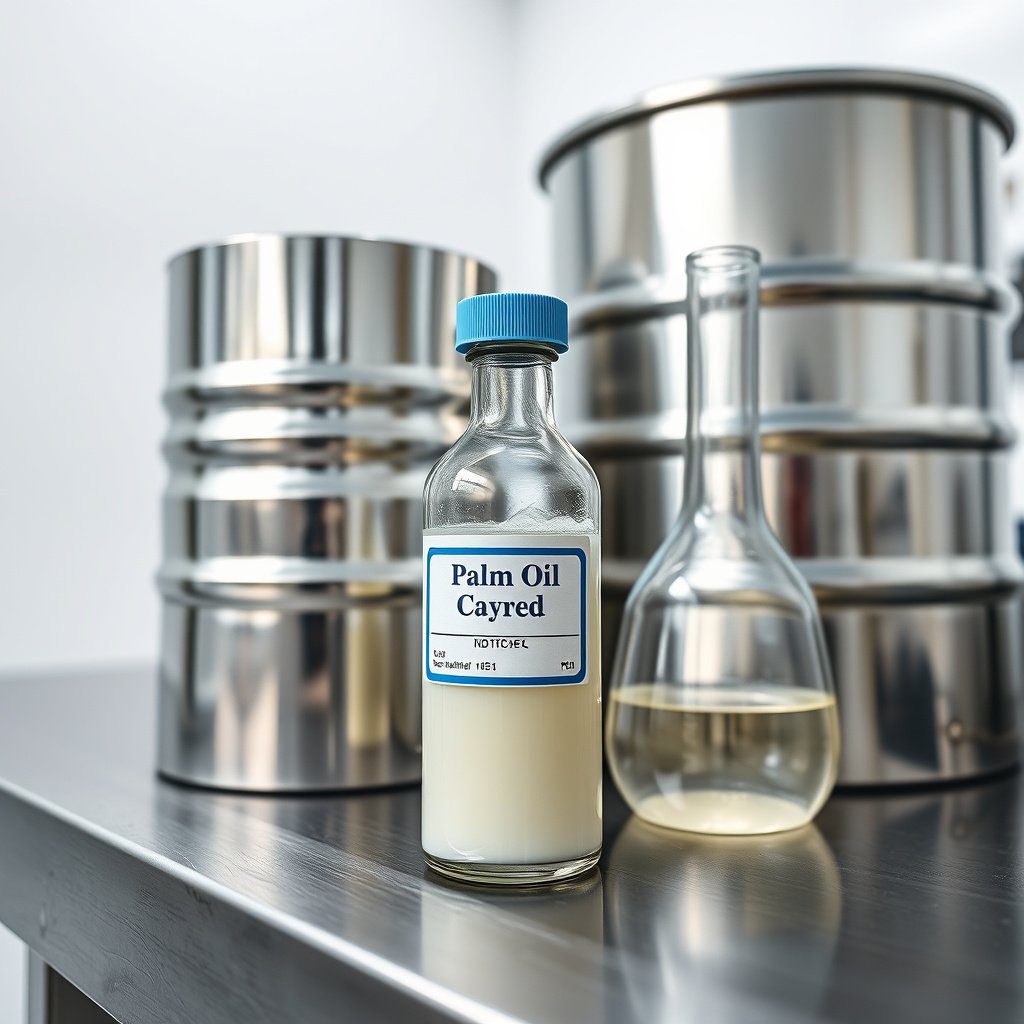Understanding Palm Fatty Acid Pricing
Palm fatty acid pricing is influenced by various factors, including global market demand, production costs, and supply chain dynamics. As a key ingredient in many industrial applications, the pricing strategies for palm fatty acids must reflect both the volatility of raw material costs and the competitive landscape among suppliers. The fluctuations in palm oil prices directly impact the pricing of palm fatty acids, making it essential for businesses to monitor these trends closely.
Factors Influencing Pricing
Several elements contribute to the pricing of palm fatty acids, such as weather conditions affecting palm oil production, geopolitical issues in producing countries, and changes in consumer preferences towards sustainable sourcing. Additionally, the regulatory environment regarding palm oil production and environmental concerns also play significant roles in determining pricing strategies. Understanding these factors can help businesses make informed decisions when sourcing palm fatty acids.
Market Dynamics and Trends
The palm fatty acid market is characterized by its dynamic nature, with prices often fluctuating based on seasonal production cycles and international trade agreements. In recent years, there has been a growing trend towards sustainable palm oil production, which has led to increased costs for certified sustainable palm fatty acids. Companies must navigate these market dynamics to maintain competitive pricing while ensuring compliance with sustainability standards.
Supply Chain Considerations
The supply chain for palm fatty acids involves multiple stages, from cultivation and harvesting to processing and distribution. Each stage can introduce costs that affect overall pricing. Efficient logistics and strong relationships with suppliers are crucial for minimizing costs and ensuring a steady supply of high-quality palm fatty acids. Understanding the intricacies of the supply chain helps businesses optimize their procurement strategies.
Import and Export Regulations
When exporting palm fatty acids from Brazil to the U.S., businesses must comply with various import regulations and standards. These regulations can affect pricing, as companies may incur additional costs related to compliance, tariffs, and taxes. Staying informed about the latest regulations can help businesses avoid unexpected expenses and maintain competitive pricing in the U.S. market.
Quality Assurance in Pricing
The quality of palm fatty acids significantly impacts pricing. Higher-quality products typically command a premium price due to their enhanced performance in industrial applications. As a leading supplier, DIPLOMATA focuses on delivering consistent quality in its palm fatty acids, which not only satisfies customer demands but also justifies pricing strategies that reflect the value of superior products.
Pricing Strategies for Suppliers
Suppliers of palm fatty acids, such as DIPLOMATA, must develop effective pricing strategies that consider both market conditions and customer needs. These strategies may include volume discounts, long-term contracts, and flexible pricing models that adapt to market fluctuations. By implementing tailored pricing strategies, suppliers can enhance their competitiveness in the U.S. market.
Global Market Comparisons
Understanding the competitive landscape of the global palm fatty acid market is essential for pricing strategies. Suppliers must analyze prices in different regions, including Southeast Asia, where a significant portion of palm oil is produced. This comparative analysis helps businesses identify opportunities for pricing adjustments and market positioning, allowing them to offer competitive rates in the U.S. market.
Future Outlook for Palm Fatty Acid Pricing
Looking ahead, palm fatty acid pricing is expected to continue its trend of volatility driven by environmental regulations, market demand shifts, and technological advancements in production. Companies that proactively adapt to these changes will be better positioned to maintain competitive pricing and secure their market share in the palm fatty acid industry.


